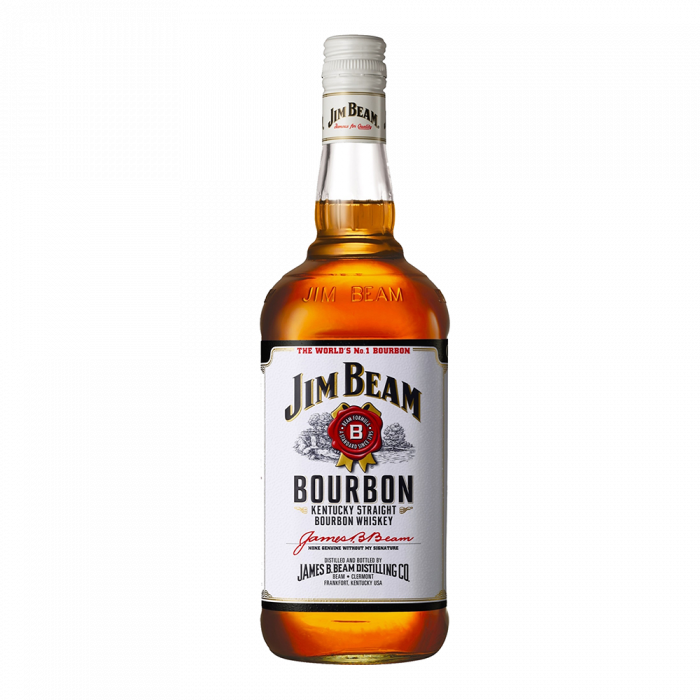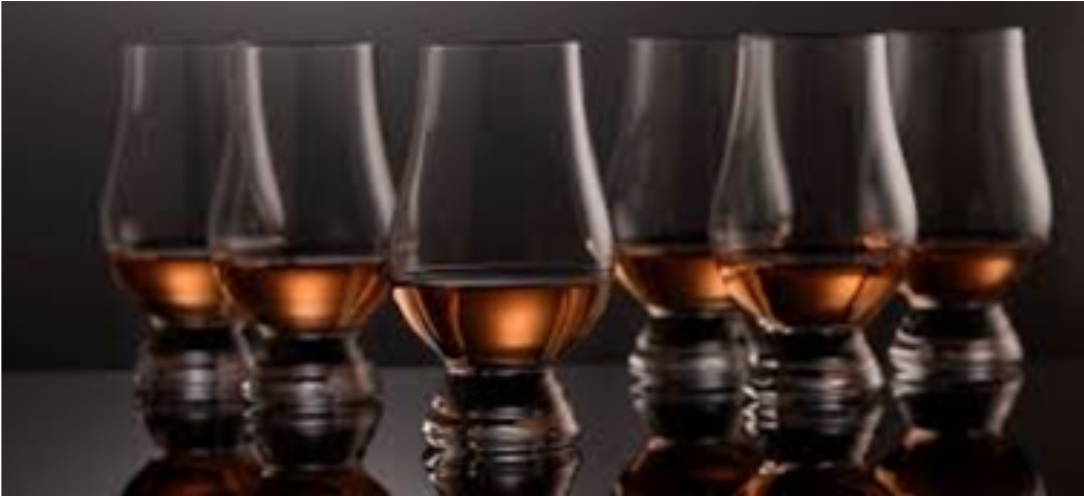
You’ve seen them. The fancy “whiskey connoisseurs” who use fancy terms to describe “notes” and “flavour profiles” in whiskeys. The words cast some doubt in your eyes, but when you try these spirits with these descriptions in mind, the spirit does seem to exhibit these flavours. Then you wonder -- how do these masters; whiskey wizards learn to appreciate whiskeys? Where do these terms to describe whiskeys come from?
Well, young padawan, drinking whiskey is very much like picking the right book. For some, it may be like striking a jackpot on the first tipple, while for most, it requires time and experience before knowing your muse. And these connoisseurs have spent more time in a year than you have in a lifetime learning the art.
Of course, never does a “wrong” book do you harm; having more trial-and-errors are merely opportunities to expand your liquor knowledge and deepen your palate, paving the way to your personal favourite. These masters have trial-and-errored more times than you have trial-ed.
The willingness to try should not come without prudence, however. Unfortunately, resources are limited — both in terms of cash and time. In light of these limitations, there are tips by our fellow whiskey connoisseurs you may wish to heed. Save yourself from the hassle of treading dirt roads and braving windstorms and read on.
Know Thy Grains, Know Thy Whiskey
Whiskey, like beer, is made from grains. The types of grains that go into these distilled spirits are usually wheat, rye, corn, and barley. Occasionally, you’ll find quinoa and millet in play. While the number of varieties of grain can be counted on one hand, these grains offer a wide flavour spectrum, catering to a diverse range of preferences.
To list a few, there is Bourbon whiskey (e.g., Jim Beam), American, Japanese, Indian (e.g., Amrut), Irish whiskey (e.g., Jameson Irish Whiskey, and Scotch whisky (e.g., Chivas Regal) on the list. Simply explore and you shall find.



Whiskey or Whisky?
According to tradition, there are two spellings used across contexts: whiskey and whisky. Both are right. What sets them apart is the region from which they come. Of your major manufacturers, whiskey is normally used in America (e.g., Jack Daniel’s American whiskey) and Ireland, while whisky is otherwise used in Scotland (e.g., Glengoyne), Japan (e.g., Nikka Taketsuru), and Canadian whisky (e.g., Canadian Club). Check out our article where we go more in depth about this topic.

Whiskey Scotch
When it comes to Whiskey Scotch, being familiar with regions is especially useful as distinct flavour profiles correspond to each area. Recognising and categorising your whiskeys will help in identifying your ideal glass sooner. Below are some examples:
Speyside Whiskey
The popular Speyside is known for its sweet, fruity profile.
Lowland Whiskey
Lowland whiskeys are usually delicate and mellow in taste.
Highland and Island Whiskey
Highlands and Islands whiskeys are robust and complex.
Islay Whiskey
Islay whiskeys are smoky and peaty.
Aesthetics of Whiskey
Beauty is in the eye of the beholder -- this is where the fun starts. The first bits of information you register about your whiskey are its aesthetics. Position it against the light or any pale background. Two main factors of observation here are colour and viscosity.
Colour
The colour of your whiskey usually tells you its age; the darker your whiskey, the more it has been matured, thus the more concentrated its flavour.
Viscosity and The Marangoni Effect
Tip your drink slightly and give it a light twist, covering the bowl of the glass with whiskey. Observe the streams (aka legs) it makes; a heavier bodied whiskey will form larger, slower legs than a light bodied, young one. This phenomenon is coined as the Marangoni effect. The Marangoni effect is where the first oxygenation of the whiskey happens.

You could run a marathon with those legs. (Image courtesy of The Whiskey Wash)
Be Nosey With Whiskey
Starting from the top of your tilted glass, start taking in the scent at the top of the rim, furthest away from the liquid, and proceed down towards the bottom of the rim. Lightly swirl the glass again if you'd like to relive the aroma.
There are many recommended techniques to observe the nose of a whiskey, but feel free to try anything aside from poking your nose in and out abruptly like how you do with wine. If you want to really optimise this olfactory experience, use your working nostril. Science has it that at any one time, one of your nostrils is taking up 80% of the smelling work.
Taste Your Whiskey, Sip, Not Shoot
It’s finally time for the taste test -- smelling something delicious and not being able to taste it must be torturous, especially since smell and taste go together. The golden rule here? Sip, not shoot. Take a small sip and chew on it, literally. This action helps to coat your mouth with whiskey, allowing each bud a fair turn in savouring the notes.
Flavour Profiles of Whiskey
Flavours can come through in a random sequence but just to keep yourself on track, start from the categories. Is it sweet, green, fruity, floral, or spicy? Hints of sweetness can be hints of butterscotch while spicey can mean nutmeg or clove. Don’t worry if you can’t detail it, start with broad descriptives before narrowing it down to specific hints and notes.
Whiskey and Water
Alas, the key to drinking whiskey is to “open” up the dram. How exactly do you do this? Add water. Three main points to note here: the softness, temperature, and amount of water to add. You should use soft water; one that contains little to no minerals. Ensure it’s at room temperature or warm water, and simply add small amounts; just a few drops of water.
Quick hack: a straw is a convenient substitute for a pipette. Known to cut the alcohol, it allows its fragrance and flavours to bloom, just like fresh dews at dawn.
Perfect Glassware, Perfect Drink
As a final testament and finishing touch to your blossoming connoisseurship, consider using suitable glassware and chilling. It is recommended that you enjoy whiskey using a Glencairn glass that is stemmed and adequately bulbous, preserving the temperature of your drink while perfect for swirling.

Bulbous beauties. (Image courtesy of Glencairn)
Ice Ball, Whiskey Stones and Notes
To chill your whiskey with minimal dilution, opt for an ice ball or whiskey stones. Lastly, take notes. They will be helpful, personalised guides to your whiskey adventures in the long run.
Awaken The Whiskey Wizard in You
Wonder no more, for it is true that there is a whiskey wizard in you waiting to be unleashed. After all, you made it this far to the article. All you need from now on is a little faith, taste and plenty of whiskeys to craft your perfect high-potion. We know that whiskeys are expensive but fear not, for we are here to make sure you don't hold back on your whis(key)maginations. At Cellarbration, we offer the best prices for all our products and provide free alcohol delivery for all you wizards who purchase anything that adds up to $100 or more. Hear the whisper coming from the wizard in you? What are you waiting for? Be brave and whiskey away!





